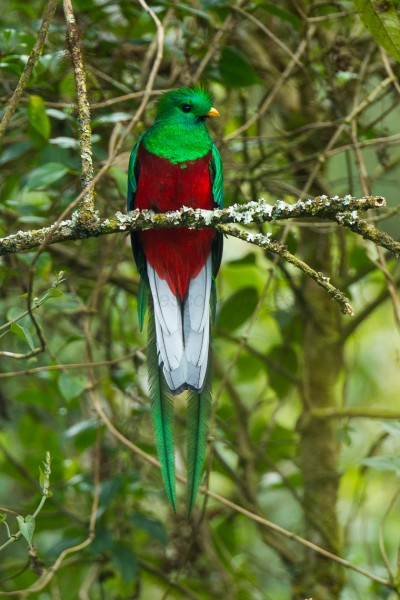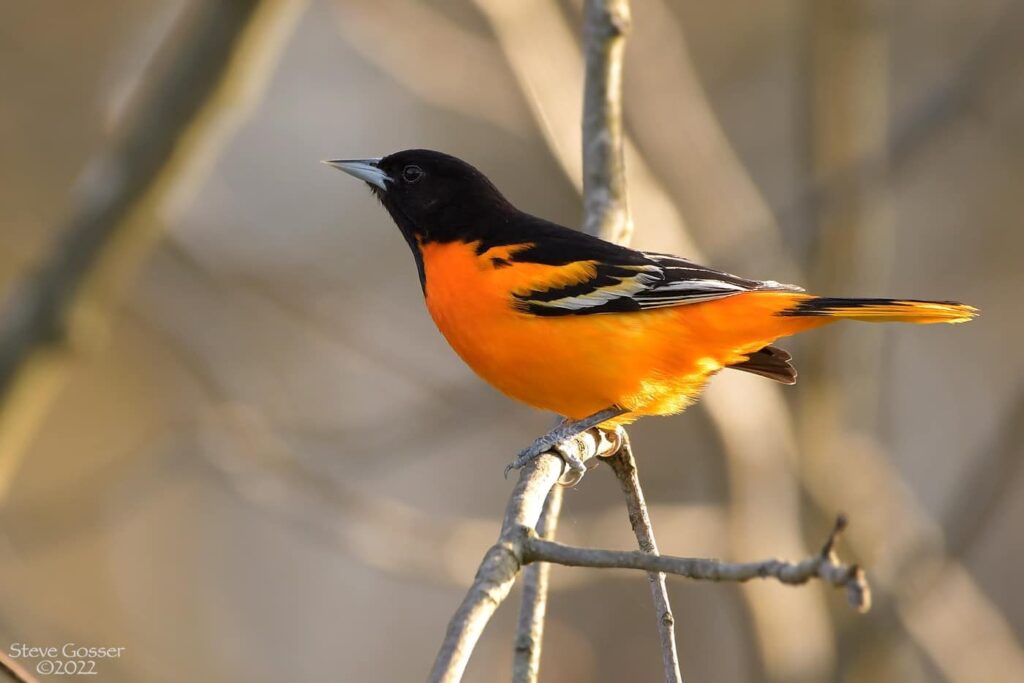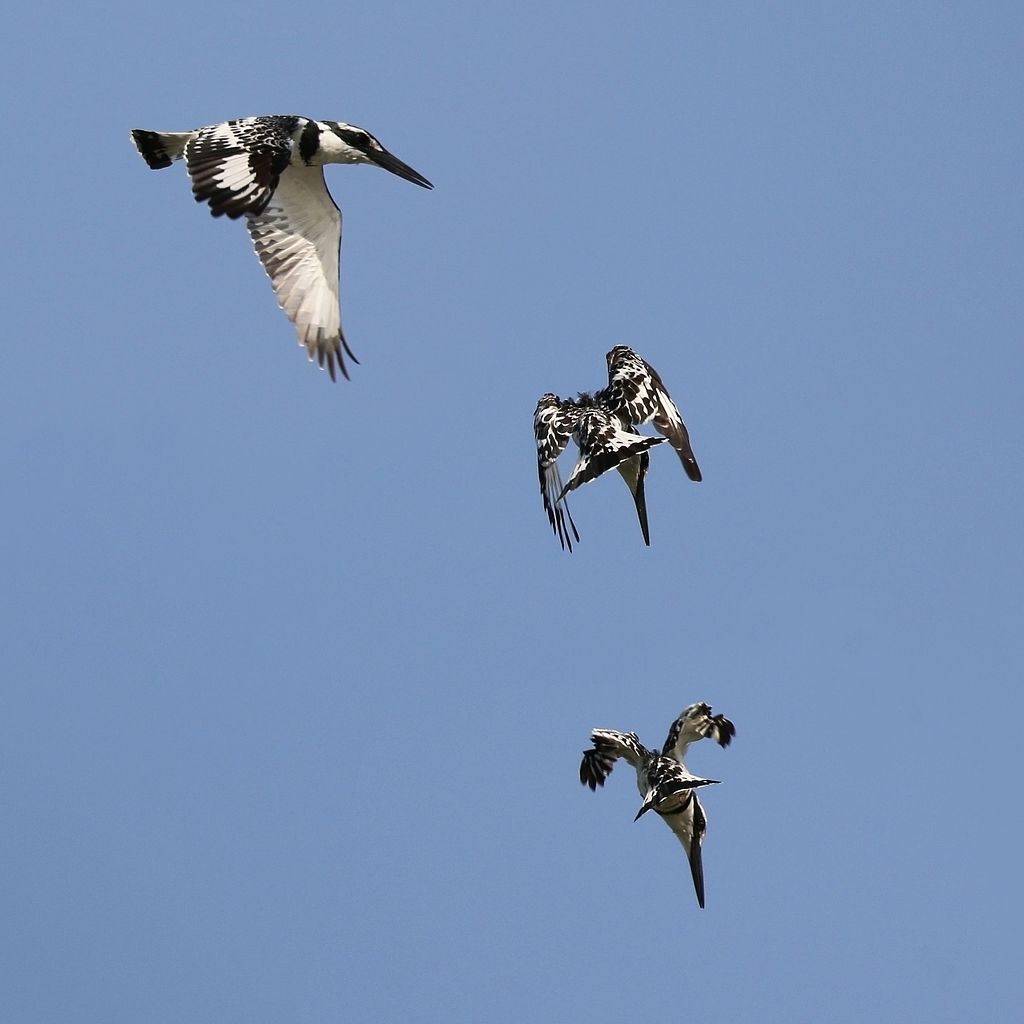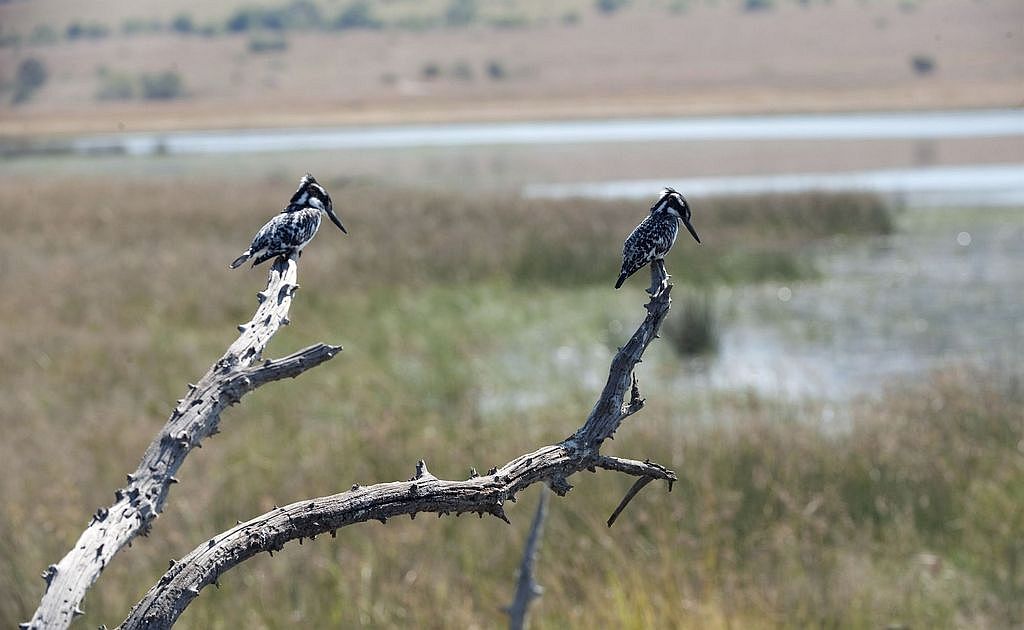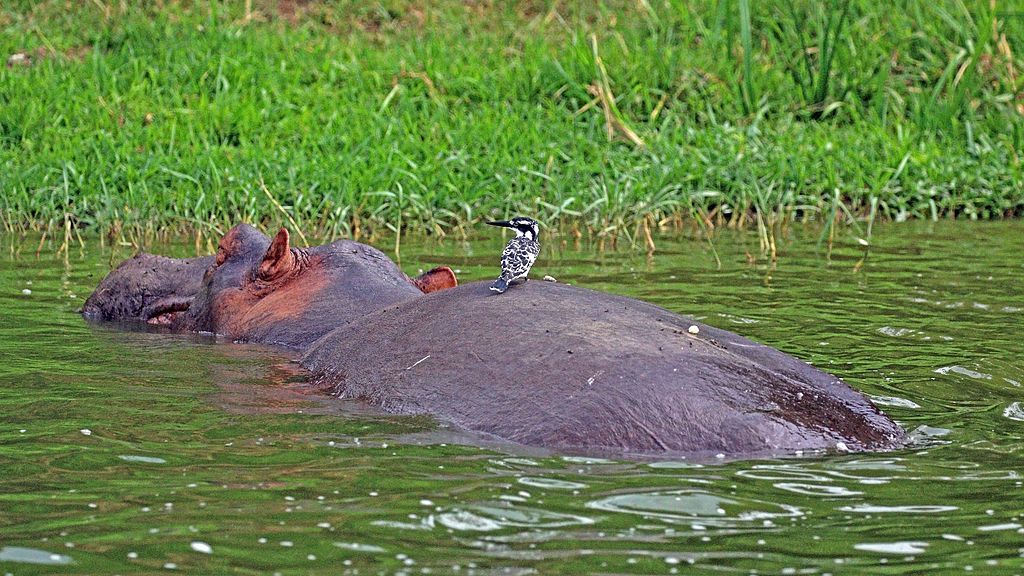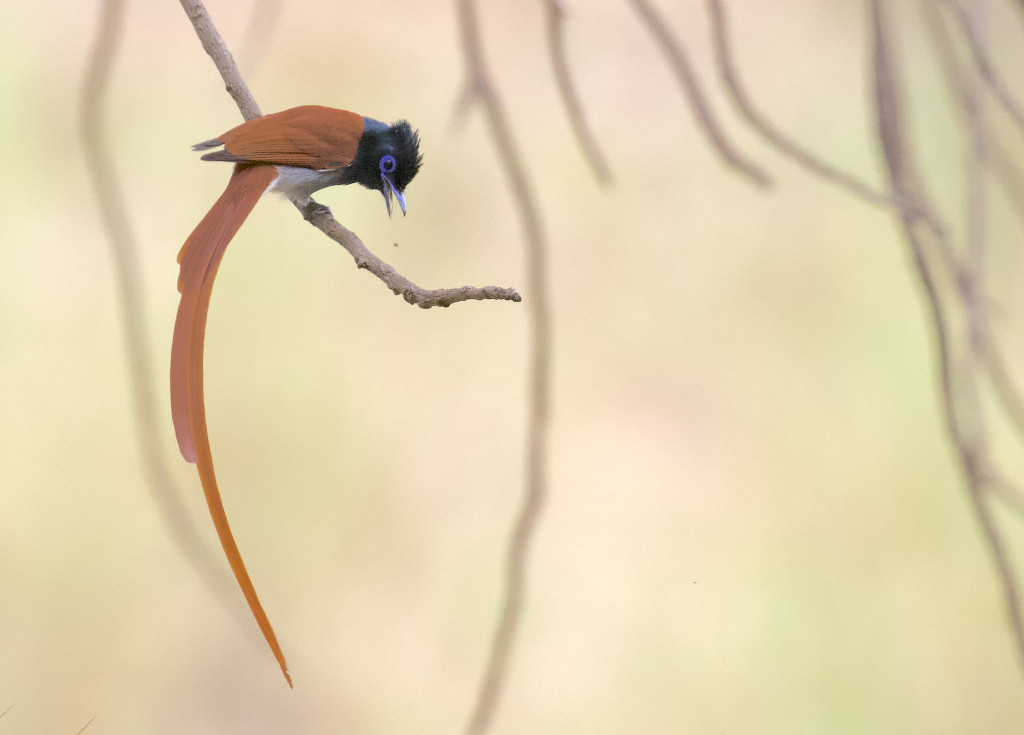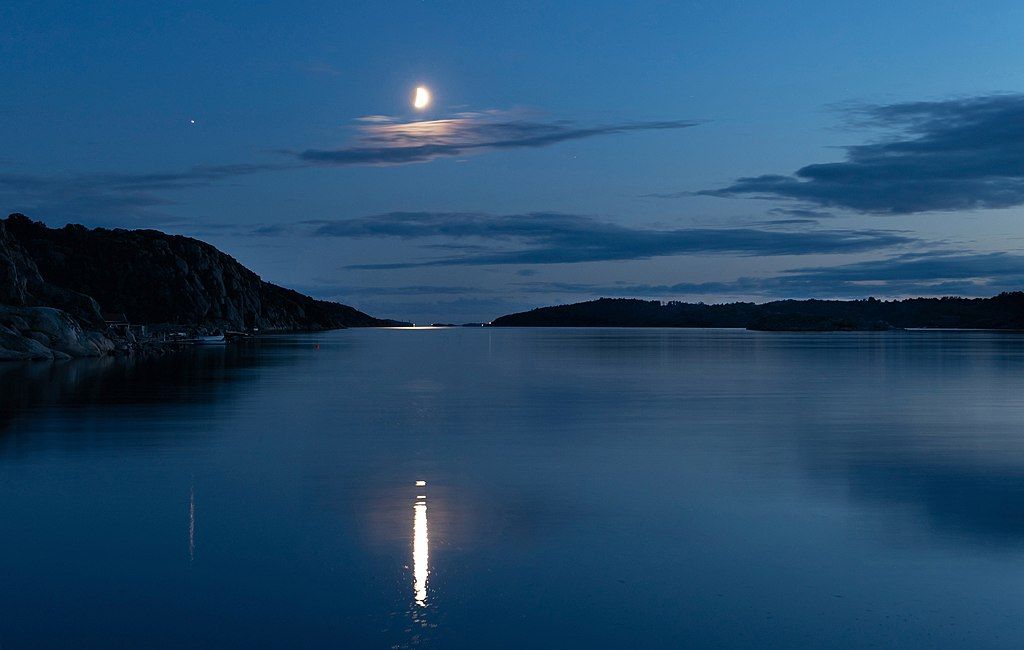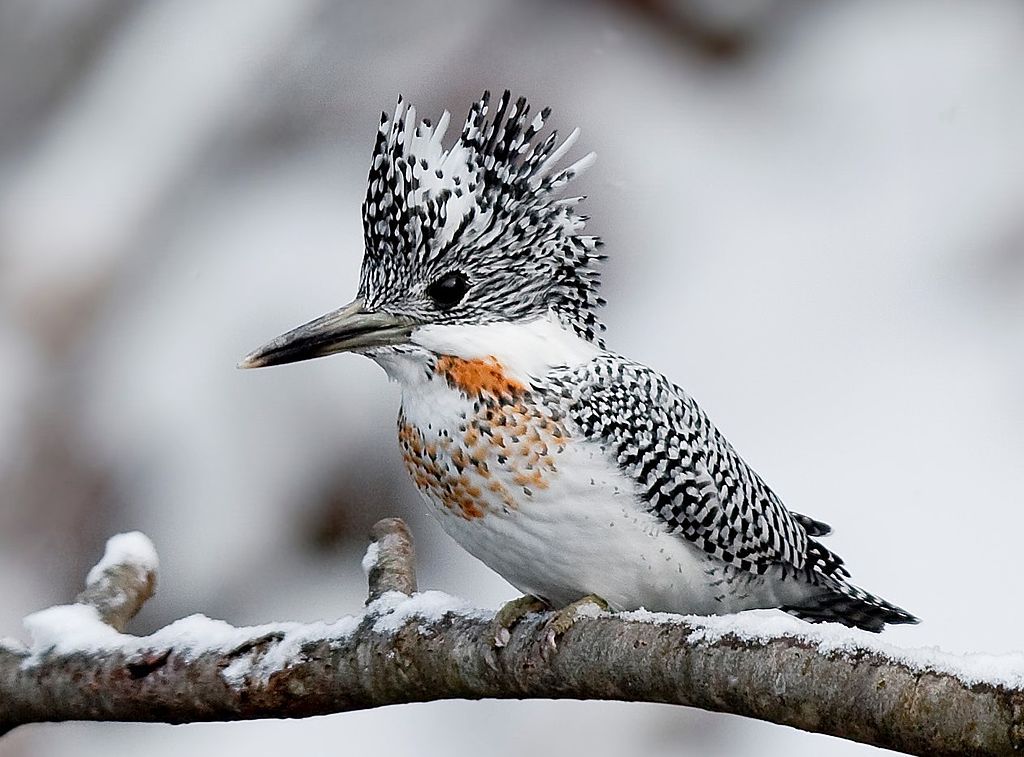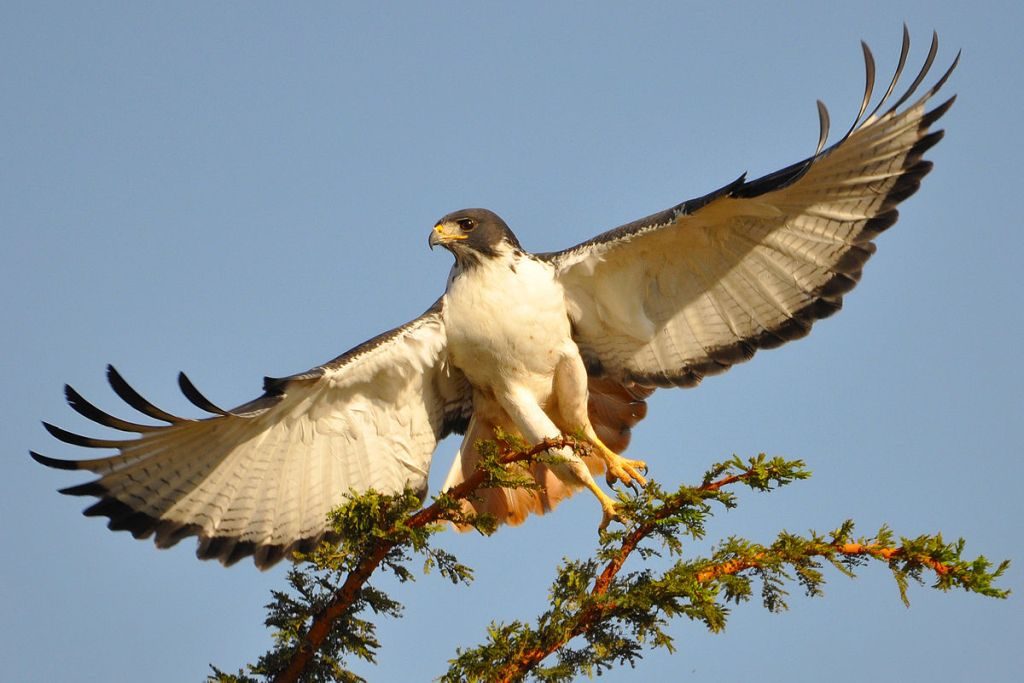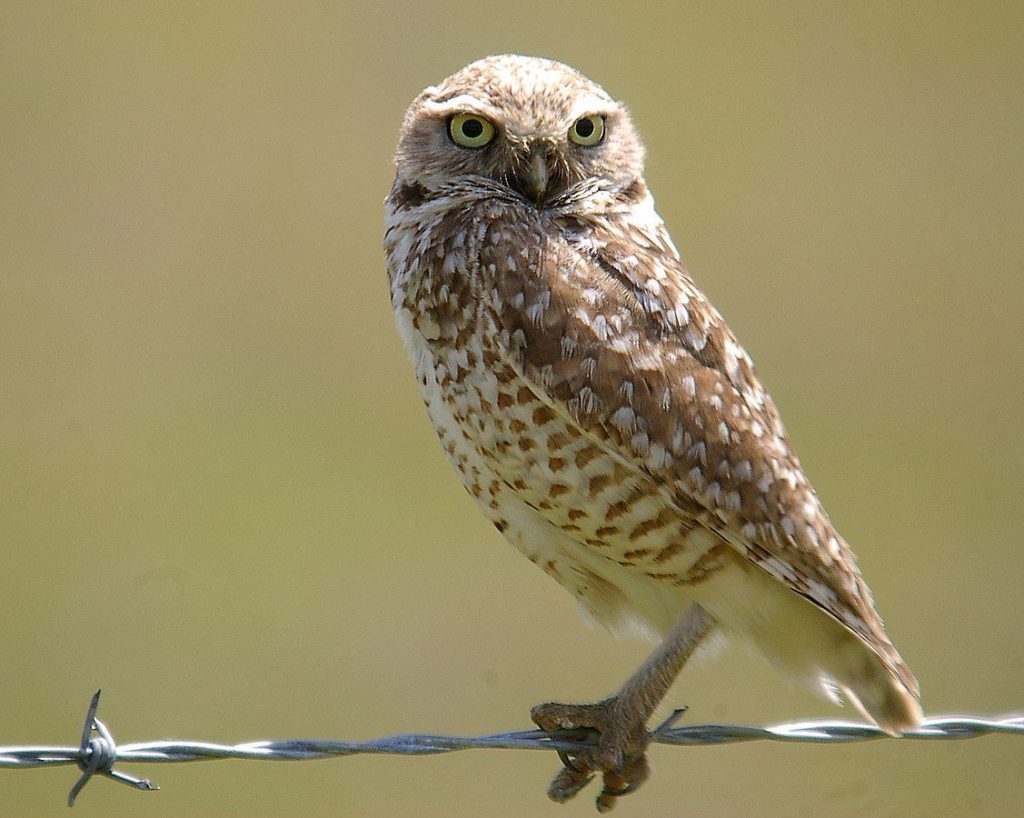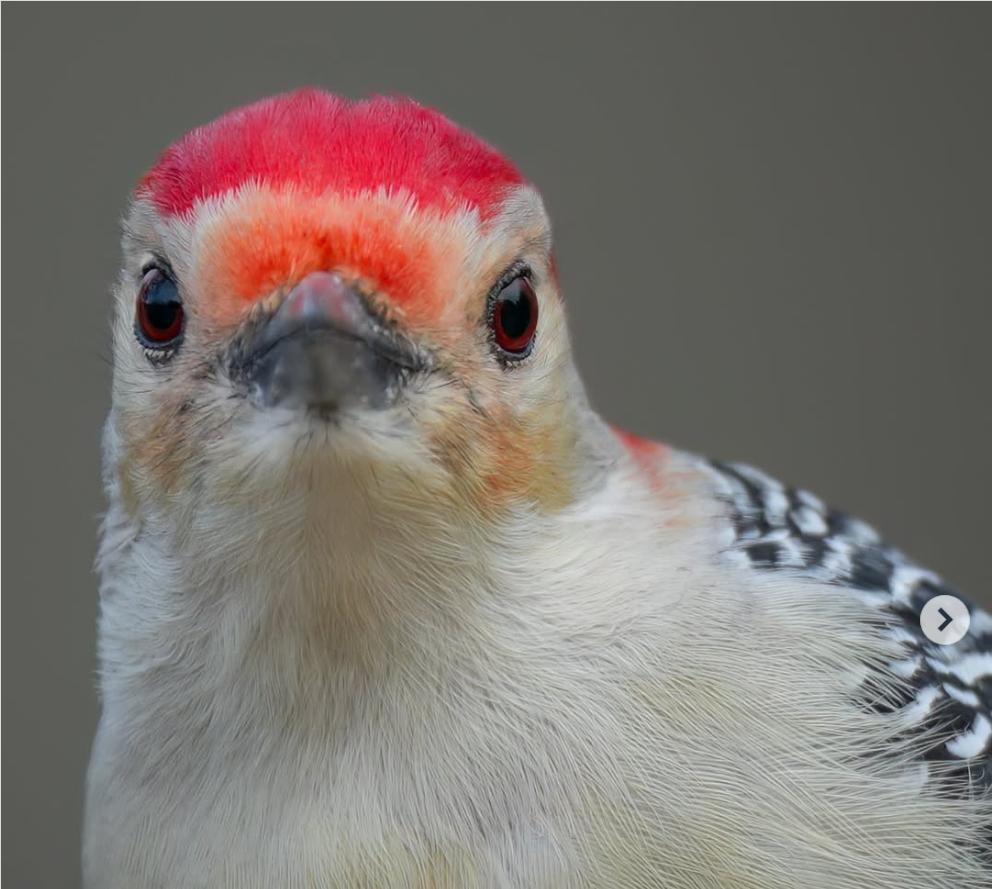
28 December 2024
Bird diversity is lower in winter but the birds are still beautiful as you can see in these portraits by Pittsburgh bird photographer Zachary Vaughan.
Page through the series to see my favorites: a robin holding a crabapple, an eastern screech owl and a starling with a two-tone beak. You’ll also see the red-bellied woodpecker’s red belly.
Today many of us will be counting them for the Pittsburgh Christmas Bird Count.
Fingers crossed about the crows. Last night we could tell they were sleeping on rooftops at/near the VA Hospital in Oakland. Exactly where we cannot see to count them. Erf!
